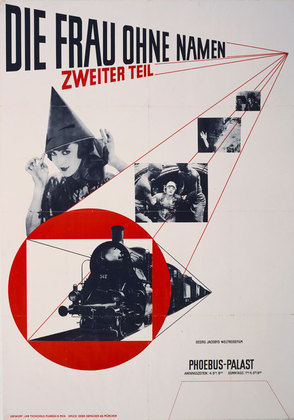- no more innovation and originality things often get
- repeated
- recycled
- quoted
- regurgutated
- modernism was the opposite of this
- doubt in modernism and its eutopian aims
- modernism designed around being
- original
- experimentation
- interesting
- purity (work reduced to just paint in its purist form)
- to repeat or look back in a historical practice was bad
Postmodernism - characterised by:
- exhaustion
- pluralism
- pessemism
Modernism - expression of modern life/technology/new material/ communication
Postmodernism reacts to this
Origins.
- 1917 - Rudolph Pannwitz - spoke of 'nihilistic, postmodern men'
- 1964 - Leslie Fielder
- uses for the term postmodernism
- after modernism
- the historical era following the modern
- contra modernism
- equivalent to 'late capitalism' (Jameson)
- artistic and stylistic eclecticism
- 'global village' phenomena - culture, products together
'15 July 1992, 3:32pm - modernism dies, according to Charles Jencks
Modernism. The idea that technology is improving the world celebrating it
Postmodernism. Rejecting it - questions everything
- a reaction to the rules of the international style architecture
Park Hill in Sheffield - prime example of modernist international architecture thats failed
AT+T building
taking old and new - jokey, more human
J. F. Lyotard
"the postmodern condition can be summarised as a total belief system - where you come from where your going to"
totalising belief system - "metanarratives"
result - crisi in confidence - don't believe in the vision of modernism anymore but now we have no vision
Bricolage
with the rejection of meta-narrative and replacement of mini-narrative - a turn to bricolage sees high art and low art crumble
Robert Venturi (quote on sheet)
Las Vegas to a modernist would be a degenerative society
Las Vagas to a postmodernist would seem destructive of modernist doctrines
Andy Warhol - nihilistic attack on the role of the artist - art that attacks arts meaning - rejection of the values of art
1984 - a new depthlessness - waning of affect
Marshall Mcluhan "advertising is the greatest art form of the 20th century"
Post Martisits and Graphic Designers
- Memphis group
- Jenny Holzer - abuse of power 1983
- Adbusters - design anarchy issue 2001
INCONCLUSION
- a vague disputed term
- Postmodernisms attitude of questioning conventions (especially modernisms)








